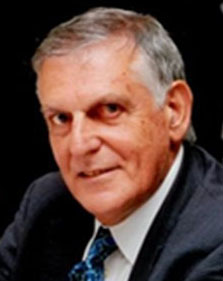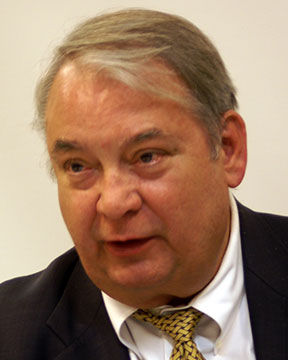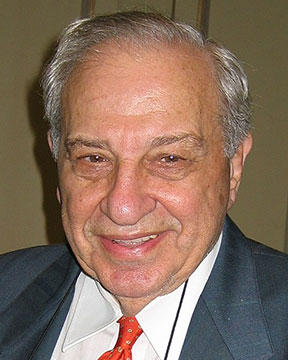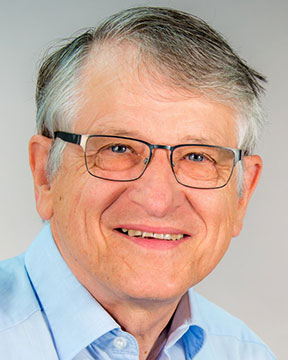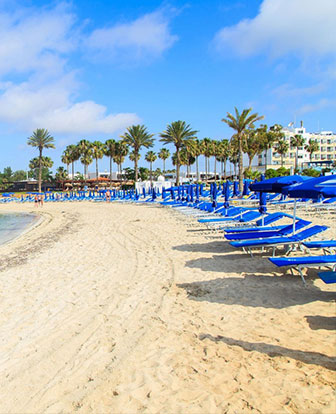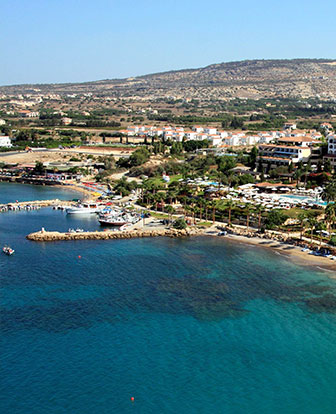ORALS
SESSION:
RecyclingSatPM1-R4
| Kozlov International Symposium on Sustainable Materials Recycling Processes and Products (7th Intl. Symp. on Sustainable Materials Recycling Processes and Products) |
| Sat Oct, 26 2019 / Room: Adonis | |
| Session Chairs: Tsuyoshi Hoshino; Alexandra-Georgiana Vatui; Session Monitor: TBA |
14:25: [RecyclingSatPM106] Keynote
Lithium Recycling from Used Li-ion Batteries using Innovative Dialysis with Lithium Ionic Conductor Membrane Tsuyoshi
Hoshino1 ;
1National Institutes for Quantum and Radiological Science and Technology (QST), Rokkasho-mura, Kamikita-gun, Japan;
Paper Id: 165
[Abstract] As a means of addressing global warming, the world is increasingly turning to the use of Li-ion batteries in electric vehicles and as storage batteries in the home. Therefore, there is a growing need for Li. I propose a method for recovering Li from used Li-ion batteries by using innovative dialysis, wherein Li only permeates from the positive electrode side to the negative electrode side through a Li ionic conductor functioning as a Li separation membrane (LISM). Measurements of the Li ion concentration at the negative electrode side, as a function of dialysis duration, showed that the Li recovery ratio increased to approximately 8.6% after 72 h with 5V applied electric voltage. Moreover, other ions in a solution of used Li-ion batteries did not permeate the LISM.
Figure 1 shows the proposed Li recovery method. This innovative method involves the use of an LISM whereby only Li ions in a solution of used Li-ion batteries permeate from the positive electrode side to the negative electrode side during electrodialysis; the other ions, including Co, Al, and F, do not permeate the membrane. Li<sub>0.29</sub>La<sub>0.57</sub>TiO<sub>3</sub> was selected as the LISM. The positive side of the dialysis cell was filled with used Li-ion battery solution. Then the negative side was filled with distilled water. The applied dialysis voltage was 5 V, and electrode area was 16 cm<sup>2</sup>. The Li recovery ratio increased with electrodialysis time. Then, Co, Al, and F were not permeated.
After electrodialysis, CO<sub>2</sub> gas was bubbled in the Li recovery water to produce lithium carbonate (Li<sub>2</sub>CO<sub>3</sub>) as a raw material for Li-ion batteries. The Li<sub>2</sub>CO<sub>3</sub> deposition was easily generated by the reaction of CO<sub>2</sub> gas and the Li recovery solution as a lithium hydroxide (LiOH) solution (Fig. 2).
References:
T. Hoshino, Desalination, 2015, 359, 59-63


